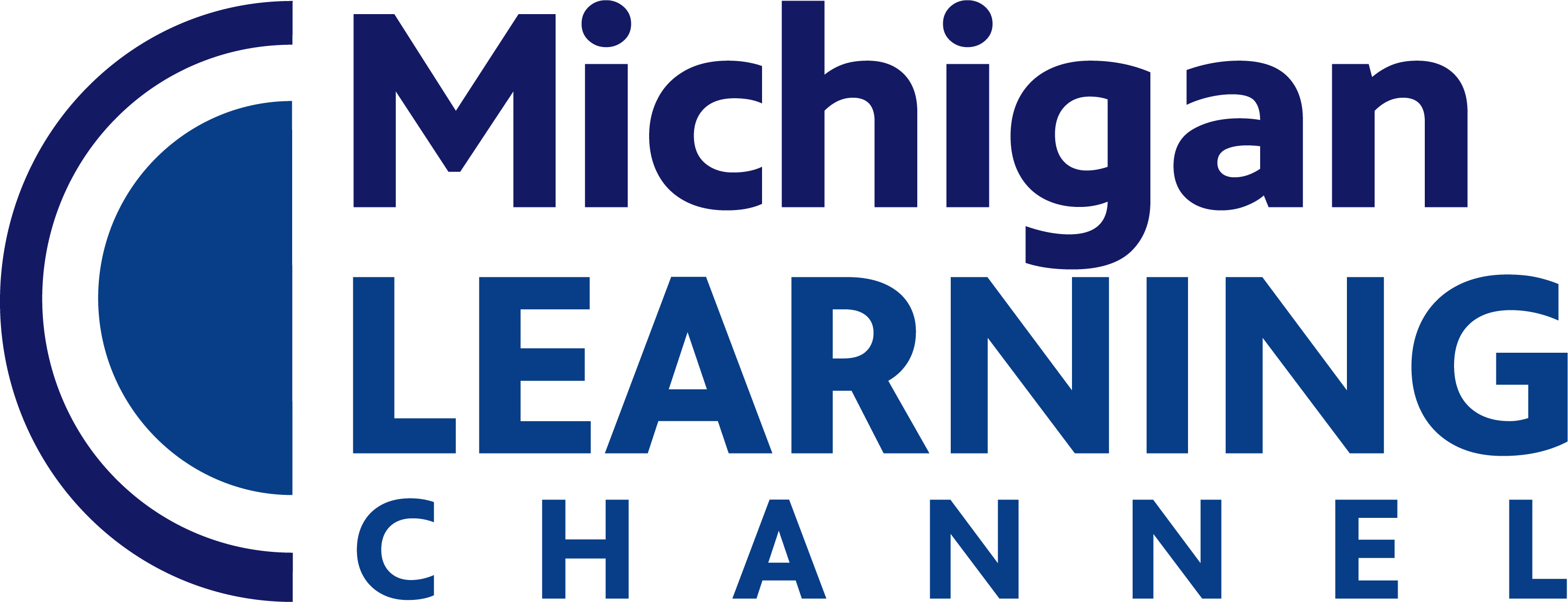Grades
Standard
Use music vocabulary to express personal reactions for musical works and styles.
Describe how elements of music are used in examples from world cultures, using music performed and presented in 3rd grade.
Demonstrate audience appropriate behavior for the context and style of music presented and performed in 3rd grade.
Select a human movement associated with a favorite sport or familiar work, execute the movement, and then change the movement [...]
Demonstrate the ability to vary non-locomotor movements in a number of ways. Give reasons for choices made.
Students are shown two diverse music films and discuss the similarities and differences in terms of one of the elements [...]
Students explore movements of a selected sport and abstract the inherent movement(s). Discuss the differences in human movement and the [...]
Students learn and perform dances from two countries. Selections should not involve dancing with a partner.
Ask parents or some other adults about dances done in their communities. Ask if the person will teach you the [...]
Students identify three personal goals such as executing turns, performing dance steps correctly, and the self confidence to create simple [...]
Identify safe/unsafe conditions, good health practices for the classroom, the school. Discuss how the findings affect their ability to create [...]
Respond to a dance film by demonstrating ability tocreate in another art form, and explain the connections between the dance [...]
Use developmentally appropriate singing voice, sing melodies accurately, and physically demonstrate macro and micro beat.
Sing and play expressively utilizing a broader continuum of dynamics and interpretation.
Blend timbres and match dynamic levels in response to the cues of the conductor.
Discuss the subject matter of artwork from particular cultures at specific times.
Identify similarities among the arts including vocabulary, elements of art, and principles of design.
Demonstrate connections between the visual arts and other curriculum through student artwork.
Demonstrate basic locomotor skills through moving forward, backward, and sideways in both straight and curved lines.
Explore non-locomotor/axial movements (in personal space) using different parts of the body. Use directional changes.
Explore making shapes at low, middle, and high levels by moving from one place to another.
Explore personal space along the body planes: forward, behind, sideward, upward. Change the base of the support; change the size [...]
Respond to drum beat at a moderate, slow, and fast tempo while moving in general space.
Continue discovering range of movement of selected body parts. Introduce isolation of body parts. Introduce single focus.
Explore locomotor movements one can execute while holding one hand; two hands with a partner. Explore axial movements relating to [...]
Demonstrate the ability to make a dance sentence within personal space using music with a beginning, middle, and end.
Demonstrate the ability to make a movement sequence using the elements, time, space, and force.
Identify and use those parts of the video camera to be used to record movement.
Demonstrate the ability to describe the action of basic locomotor movements, varying them by changing time space and force.
Describe various types of multimedia forms used to share performances in everyday life.
Express various ideas and emotions through a variety of dramatic art forms reflecting life situations.
Demonstrate the safe use of a variety of materials, tools, and processes with environmental awareness.
Grades
Standard
Use music vocabulary to express personal reactions for musical works and styles.
Describe how elements of music are used in examples from world cultures, using music performed and presented in 3rd grade.
Demonstrate audience appropriate behavior for the context and style of music presented and performed in 3rd grade.
Select a human movement associated with a favorite sport or familiar work, execute the movement, and then change the movement [...]
Demonstrate the ability to vary non-locomotor movements in a number of ways. Give reasons for choices made.
Students are shown two diverse music films and discuss the similarities and differences in terms of one of the elements [...]
Students explore movements of a selected sport and abstract the inherent movement(s). Discuss the differences in human movement and the [...]
Students learn and perform dances from two countries. Selections should not involve dancing with a partner.
Ask parents or some other adults about dances done in their communities. Ask if the person will teach you the [...]
Students identify three personal goals such as executing turns, performing dance steps correctly, and the self confidence to create simple [...]
Identify safe/unsafe conditions, good health practices for the classroom, the school. Discuss how the findings affect their ability to create [...]
Respond to a dance film by demonstrating ability tocreate in another art form, and explain the connections between the dance [...]
Use developmentally appropriate singing voice, sing melodies accurately, and physically demonstrate macro and micro beat.
Sing and play expressively utilizing a broader continuum of dynamics and interpretation.
Blend timbres and match dynamic levels in response to the cues of the conductor.
Discuss the subject matter of artwork from particular cultures at specific times.
Identify similarities among the arts including vocabulary, elements of art, and principles of design.
Demonstrate connections between the visual arts and other curriculum through student artwork.
Demonstrate basic locomotor skills through moving forward, backward, and sideways in both straight and curved lines.
Explore non-locomotor/axial movements (in personal space) using different parts of the body. Use directional changes.
Explore making shapes at low, middle, and high levels by moving from one place to another.
Explore personal space along the body planes: forward, behind, sideward, upward. Change the base of the support; change the size [...]
Respond to drum beat at a moderate, slow, and fast tempo while moving in general space.
Continue discovering range of movement of selected body parts. Introduce isolation of body parts. Introduce single focus.
Explore locomotor movements one can execute while holding one hand; two hands with a partner. Explore axial movements relating to [...]
Demonstrate the ability to make a dance sentence within personal space using music with a beginning, middle, and end.
Demonstrate the ability to make a movement sequence using the elements, time, space, and force.
Identify and use those parts of the video camera to be used to record movement.
Demonstrate the ability to describe the action of basic locomotor movements, varying them by changing time space and force.
Describe various types of multimedia forms used to share performances in everyday life.
Express various ideas and emotions through a variety of dramatic art forms reflecting life situations.
Demonstrate the safe use of a variety of materials, tools, and processes with environmental awareness.


